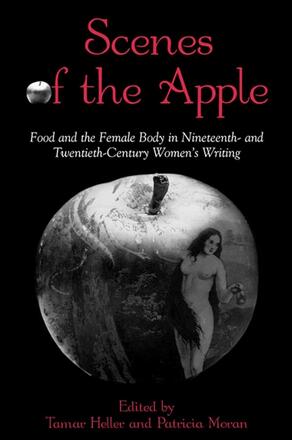
Scenes of the Apple
Food and the Female Body in Nineteenth- and Twentieth-Century Women's Writing
Alternative formats available from:
Examines the rich and multiple meanings of food in women's writing.
Description
Focusing on women's writing of the last two centuries, Scenes of the Apple traces the intricate relationship between food and body image for women. Ranging over a variety of genres, including novels, culinary memoirs, and essays, the contributors explore works by a diverse group of writers, including Mary Elizabeth Braddon, Toni Morrison, Tsitsi Dangarembga, and Jeanette Winterson, as well as such nonliterary documents as discussions of Queen Victoria's appetite and news coverage of suffragettes' hunger strikes. Moreover, in addressing works by Hispanic, African, African American, Jewish, and lesbian writers, the book explodes the myth that only white, privileged, and heterosexual women are concerned with body image, and shows the many cultural contexts in which food and cooking are important in women's literature. Above all, the essays pay tribute to the rich and multiple meanings of food in women's writing as a symbol for all kinds of delightful—and transgressive—desires.
Tamar Heller is Associate Professor of English and Comparative Literature at the University of Cincinnati. She is the author of Dead Secrets: Wilkie Collins and the Female Gothic and coeditor (with Diane Long Hoeveler) of Approaches to Teaching Gothic Fiction: The British and American Traditions. Patricia Moran is Associate Professor of English at the University of California at Davis and the author of Word of Mouth: Body Language in Katherine Mansfield and Virginia Woolf.